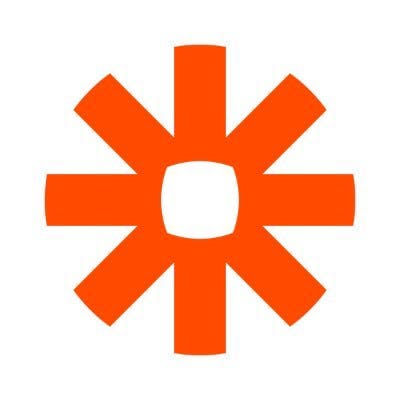- Valuation Model
- Expert Interviews
- Founders, funding
How can no-code technologies enable creators, freelancers, solopreneurs, SMBs, and big enterprises to swiftly build and deploy applications?

Anonymous
Senior executive at no-code startup
Guest: I think it depends on what you mean by no code. Like recently in the Not Boring newsletter, Packy was talking about there are all these startups trying to unbundle little pieces of Excel. Those are interesting, but I don't think those are no code tools. Those are like vertical point solution SaaS.
Then he was talking about how there's a lot of tools out there that are inspired by Excel. And I think that is a much better description of what no-code tools are like. I mean, Excel is like the original no-code tool. There's HyperCard and some others that were pretty cool too, but Excel is the one that's really stuck around. And that's because it's simple to use but also incredibly deep and complex, and there's no guardrails.
You can just go build crazy stuff, and they have somehow given you all the primitives to be able to do that.
So anyway, that's like my side rant on what I think no-code really should mean. I think it’s more interesting than what very often I think people mean when they say no code which is, I don't even know, like a WYSIWYG editor or something. So many things get called no code, it’s hard to even understand.
So to your question about where I see these types of tools getting used, and Zapier being the core one here.
I know for a long time Zapier didn't review security questionnaires. So a lot of enterprise customers wouldn't use them because they just wouldn't go through security reviews. It was a big challenge we had actually, because we would rely on Zapier here as a part of the toolkit that we would sell our product with.
And then we would be moving up, and selling into the enterprise, and they wouldn't use our product because they couldn't use Zapier. Because their security teams would say no. But then Integromat does do security reviews, so there were other options.
But I do think more and more people are going to be using these tools. This might be a useful visualization. This is the way I think about this space.
I imagine like a big rectangle square on a whiteboard and you say, okay, this is the entire software market. You can draw a big circle and you're like, okay, that's the CRM market. You draw a smaller circle and that's like the, social media marketing market or something. Then this tiny one is dental software. These are all the point SaaS solutions.
When I think about no code software, it’s spreadsheets and all these kinds of super flexible tools and they're all powered by Zapier. And they carve off pieces of each of those existing big circles. Like a lot of people use a spreadsheet and Zapier together as a basic CRM. It's not replacing it, but it takes a little bit of it.
And so it takes a little bit of all of these chunks, but I think the way bigger opportunity is actually the white space in between all of those circles. It's all of this software that doesn't have a name, right? It's not a category. Right now, it's probably just spreadsheets and email.
It doesn't have a name,but I think if you were to do the math and figure out what the area of that is versus the area of all the circles, I think the area of everything in between is bigger. I think that's actually a bigger opportunity and I think that's what Zapier enables.
I think that's the bull case for no code software in general. If you can empower more people to, to build software, like solutions for things that they are currently doing manually, or scraping together with spreadsheets and email, then that is a massive market.
